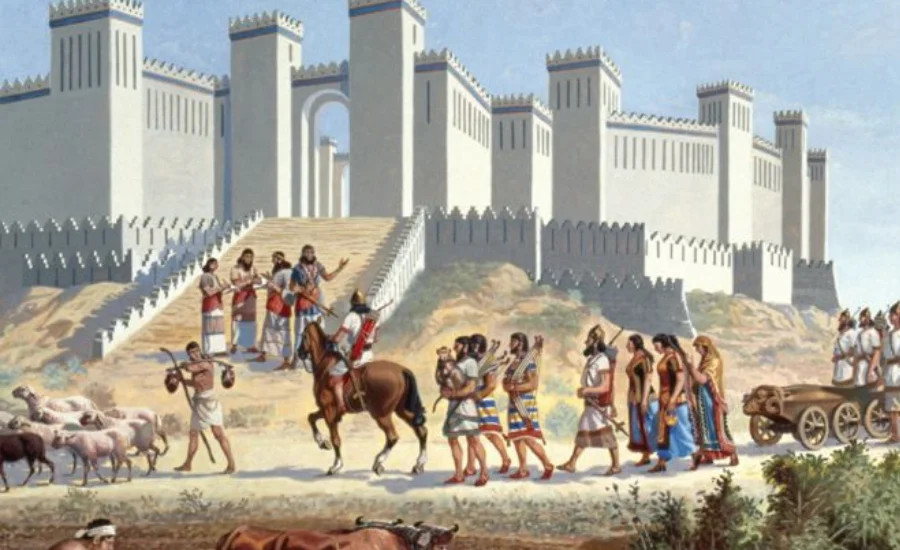In the grand tapestry of human history, certain civilizations hold a mysterious allure and possess a cultural richness that goes beyond superficial appearances. The Wunnyuruti Ziblim civilization is one such example, known for their amazing traditions and complex spiritual ideologies, along with an array of artistic rituals. This comprehensive exploration into the origins, societal organization, religious practices, and cultural accomplishments of the Wunnyuruti Ziblim provides a fascinating glimpse into their captivating universe.
Origins and Early Settlements
The origins of the Wunyurutis trace back to ancient times, with their first settlements found in the fertile valleys and highland biomes that make up their ancestral land. This civilization exhibited advanced knowledge in agriculture, pottery, and metalwork (reflecting ancient Indian metallurgical traditions), as revealed by various archaeological discoveries. These early innovations significantly contributed to the economic prosperity and societal development of Wunnyuruti Ziblim. Their sophisticated agricultural and metalworking techniques undoubtedly played a crucial role in allowing the settlement to firmly establish itself as a self-sustaining and expanding community.
Expansion and Development
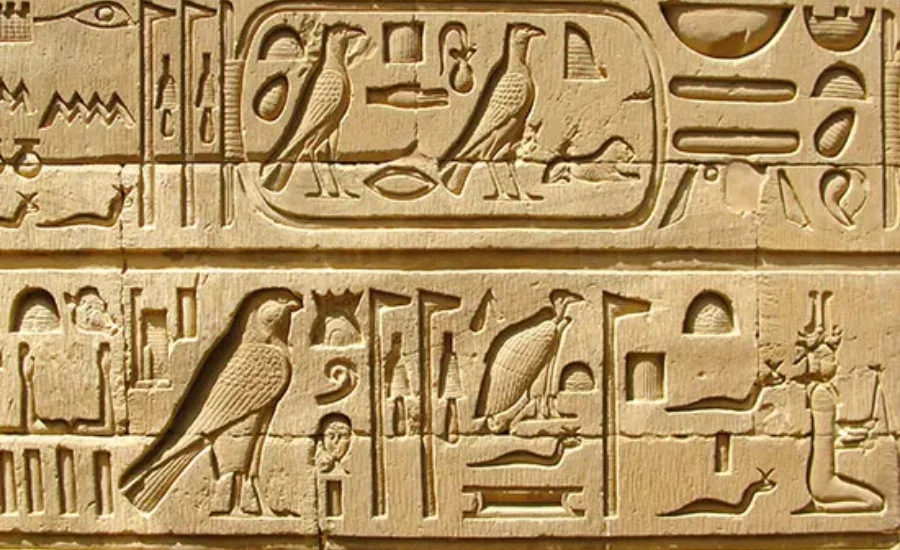
Wunyuruti Ziblim, named after this civilization, is most familiar with it and its influence on the complexity of their civilization. During this era, commerce, including the trade of precious metals and other goods, was established with distant neighboring regions. The expansion period was marked by impressive architectural accomplishments, such as large temples and advanced irrigation practices, which contributed to their agricultural prosperity. The development of a written language was a major advancement, marking a turning point as it enabled his people to begin documenting their history, laws, and religious beliefs. This writing tradition not only preserved their culture but also allowed future generations to personally connect with their history.
Hierarchical Organization and Governance
The societal structure of the Wunnyuruti Ziblim was clearly defined in a hierarchical order of roles and duties. At the pinnacle of this hierarchy was the High Priest or Priestess, a spiritual leader who wielded worldly influence. Below them were the nobility, warriors, and craftsmen who provided support to the leader, contributing to the society’s security and prosperity. The common people, who engaged in farming, trading, and other regular jobs, formed the lower rungs of this ladder. A council of elders managed responsibilities, keeping the High Priest informed about events in Jericho and ensuring the correct execution of laws and traditions. This governance model was designed to offer spiritual direction in tandem with pragmatic administration, fostering the development of a sophisticated and advanced society.
Family and Community Life
The cornerstone of Wunnyuruti Ziblimanoia society was the family. Their understanding of kinship was evident in their living arrangements, with men setting up individual households while extended families lived communally in compounds. This fostered a strong sense of community and collective identity, reinforced by regular festivals, communal meals, and cooperative farming practices. Education was highly valued, with all children taught the skills they would need for adulthood within the society. From the comments, it was evident that there was a strong commitment to preserving and passing on their cultural legacy to future generations. This confirmed the already known belief of Wunnyuruti Ziblim – that education is key.
Deity Pantheon and Spiritual Life
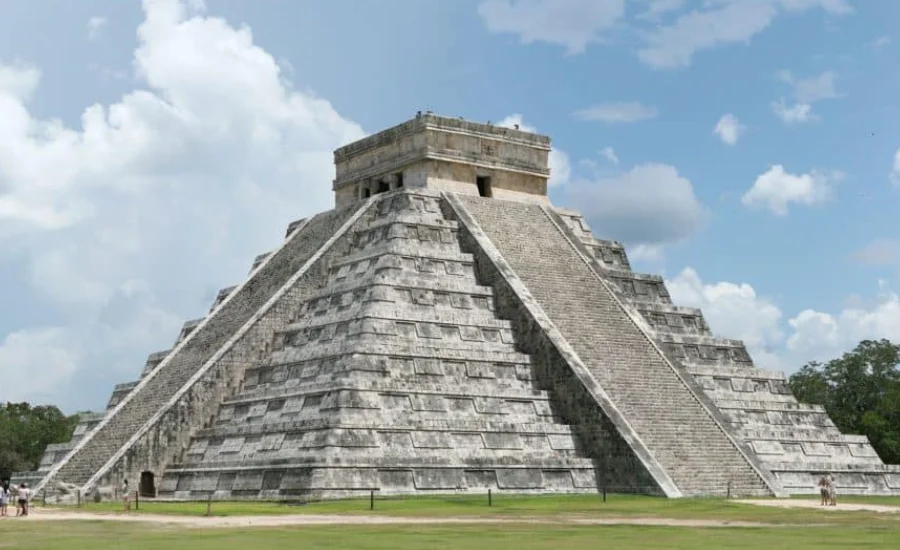
Wunnyuruti Ziblim led a life characterized by spiritual diversity and vibrancy, where nature was imbued with divine power embodied by gods who were aspects of the creator. The Sun God, Moon Goddess, and Earth Mother were particularly revered. These deities were linked to different natural phenomena and had a significant role in Wunnyuruti Ziblim’s religious beliefs. The veneration of these gods was conveyed through intricate myths and rituals, with temples providing the physical space for shrines and hosting religious festivities. Constructing these places of worship was a testament to the innate spirituality in the Rapa Nui lifestyle and their profound devotion to their gods.
Rituals and Ceremonies
Spiritually and socially, rituals of practice were a significant part of life for the Wunnyuruti Ziblim. From sumptuous seasonal celebrations to tiny household ceremonies and rites, Not the least of these were also celebrating festivals for both bread baking and harves, where by ancient custom gifts became given to honor Mother Earth – a Harvest Festival or when days are sure-marked shortest on longest Summer Solstice celebrations honoring God Sun King in us all. So was ancestor worship and divination. Shamans and priests were the chief enactors of sacred rites who mediated with spirits in between, presenting supplications to entities for guidancing. Added to those there were actual religious practices that had little theological significance and many social: they not only hammered home the values of a religion, [but] tied in its members as a community.
Artistic Excellence
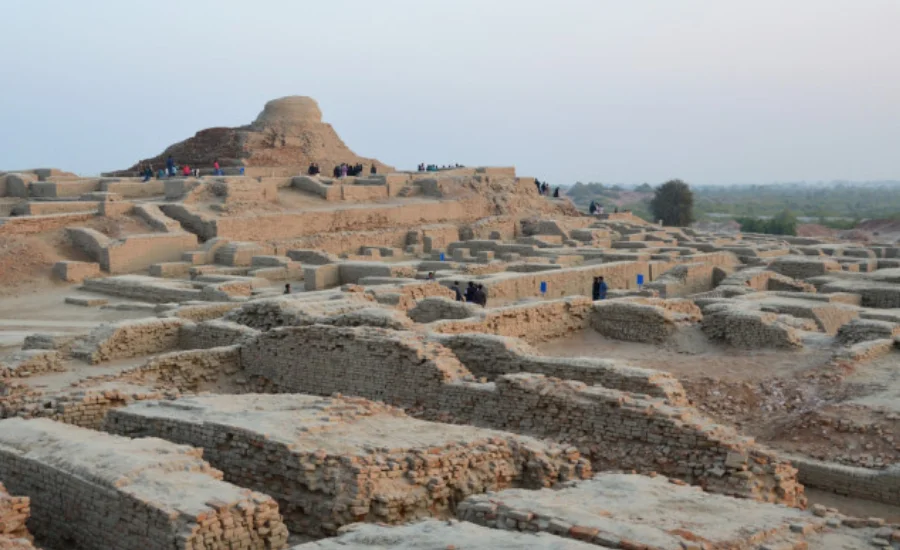
The artistic history of the Wunnyuruti Ziblim was extensive and affluent, encompassing a wide range of mediums from pottery and textiles to metalwork. Their artistic creations were intricately designed and detailed, reflecting the values of a culture deeply embedded in tradition. The vibrant colors and abstract symbols they used were not just proof of their artistic expertise, but a way to express things they couldn’t articulate or refer to in their daily lives. The preservation of their art traditions over generations stands as a tribute to the lasting importance of art in fostering cultural continuity.
Music and Dance Traditions
The Ziblim community of Wunnyuruti showcases their cultural expression through their music and dance. These dance forms were often performed during various events such as ceremonies and social gatherings, and featured instruments like drums, flutes, and stringed instruments. Despite the complexities of their economy, marked by the threat of colonial incursions and internal conflicts arising from social mobility within families, eccentric acts such as performing lengthy theatrical dance routines in sparse dialogue were deemed acceptable and even respectable. They were treated with the same regard as traditional ballroom dancing. The dance routines often depicted mythological stories, historical events, and scenes from everyday life, thereby narrating the cultural heritage of Wunnyuruti’s Ziblim community in a vibrant and engaging manner.
Language and Literary Heritage
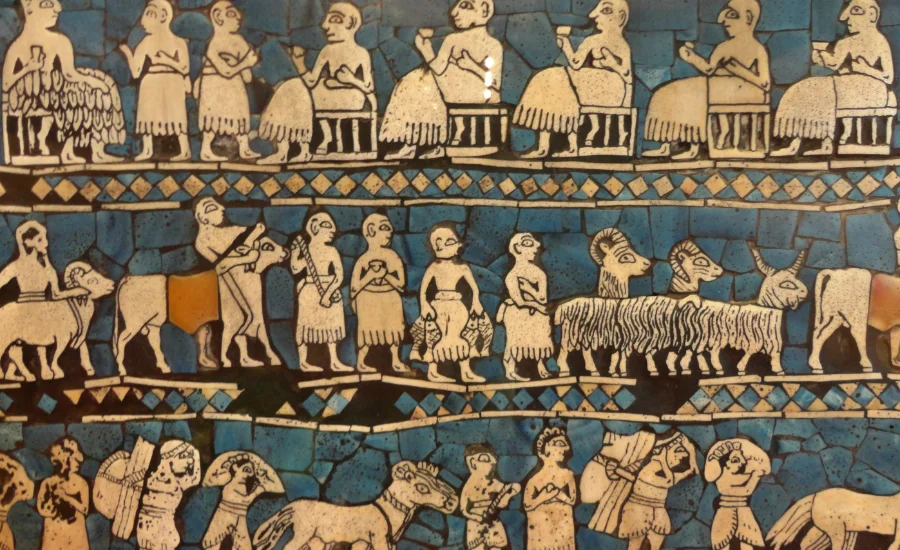
The development of an appropriate script marked a significant milestone in the culture of Wunnyuruti Ziblim. This literary tradition encompassed religious manuscripts, historical archives, poetry, and folklore, serving as a vital repository for their ethics, social standards, and worldview. Storytelling was a popular practice, with oral narratives being passed down from generation to generation. This literary custom not only enriched their cultural heritage, but also ensured their memory and wisdom was preserved for future generations.
Final Words
The civilization of Wunnyuruti Ziblim, known for its rich traditions and complex spiritual beliefs, provides a fascinating insight into a world where culture and history are closely interlinked. Their roots go back to fertile valleys where they developed advanced farming and metalworking techniques, forming the basis of a thriving society. As they grew, their complicated hierarchical structure, led by a High Priest or Priestess, guided both their spiritual and practical governance. The emphasis on kinship and education in family and communal life ensured the protection of their cultural heritage. Their array of gods, intricate rituals, and artistic prowess in pottery, textiles, and metalwork highlight a lively spiritual existence. Their music, dance, and literary traditions further enhance their cultural mosaic, showcasing the enduring legacy of the Wunnyuruti Ziblim.
FAQs
1. Who were the Wunnyuruti Ziblim?
The Ziblim of Wunnyuruti were an ancient society renowned for their profound traditions, complex spiritual convictions, and notable cultural accomplishments.
2. Where were the early settlements of the Wunnyuruti Ziblim located?
Their initial settlements were located in fertile valleys and highland biomes, offering perfect conditions for agricultural practices and other types of development.
3. What were the main economic activities of the Wunnyuruti Ziblim?
Their prosperity and social development were largely due to their main economic activities, which included advanced agriculture, pottery, and metalwork.
4. How was the Wunnyuruti Ziblim society structured?
Their society was structured in a hierarchical manner, with a High Priest or Priestess at the pinnacle, backed by nobility, warriors, craftsmen, and ordinary people. A group of elders also contributed to the management and governance of the society.
5. What role did family and community play in Wunnyuruti Ziblim society?
Their society was fundamentally built on family, with extended family members cohabiting in compounds. The community life was enhanced by frequent festivals, shared feasts, and cooperative farming.
6. What were the primary religious beliefs of the Wunnyuruti Ziblim?
Their spirituality was expressed through detailed myths, rituals, and temple worship, centered around a diverse pantheon of deities, such as the Sun God, Moon Goddess, and Earth Mother.
7. What kinds of rituals and ceremonies did the Wunnyuruti Ziblim practice?
The rituals they performed encompassed seasonal festivals, ceremonies within the household, ancestor worship, and divination. It was common for these ceremonies to be directed by shamans and priests, who served as intermediaries with the spirits.
8. What were some of the artistic achievements of the Wunnyuruti Ziblim?
They were recognized for their complex pottery, textiles, and metalwork. Their work was distinguished by vibrant colors and abstract patterns, which mirrored their profound cultural values and artistic skill.
9. How did music and dance feature in Wunnyuruti Ziblim culture?
In their cultural expression, music and dance played a crucial role, often being performed at ceremonies and social events. Instruments such as drums, flutes, and stringed instruments were frequently involved.
10. What is the significance of the Wunnyuruti Ziblim’s literary heritage?
The creation of a suitable script enabled them to record religious texts, historical accounts, poetry, and folklore, safeguarding their cultural legacy and guaranteeing the transmission of their wisdom to future generations.
Ready to explore more? Visit us at ALevemente and dive deeper into our world of possibilities!
Wunnyuruti Ziblim Legacy: 9 Inspiring Ways They Overcome Globalization Pressures – Alevemente
